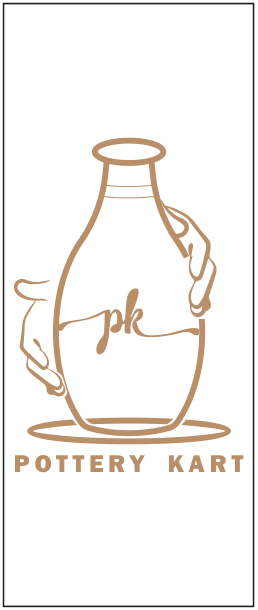Clay or pottery kadai, also known as clay or pottery wok or pan, is a traditional cooking vessel used in many cultures around the world. Here are some key features and aspects associated with clay or pottery kadai:
Material: Clay or pottery kadai is typically made from natural clay or pottery material. The unglazed surface of the kadai allows it to absorb heat slowly and evenly, resulting in even cooking.
Versatility: Kadai can be used for a variety of cooking methods including frying, saut?ing, stir-frying, deep-frying, and even simmering. Its wide, shallow shape allows for efficient evaporation of liquids and quick cooking of ingredients.
Heat Retention: Similar to other clay or pottery cookware, kadai is excellent at retaining heat. This allows for uniform cooking and helps to keep food warm for longer periods.
Flavor Enhancement: Cooking in a clay or pottery kadai is believed to enhance the flavor of the food. The porous nature of the material allows subtle exchange of flavors between the kadai and the ingredients, resulting in rich and aromatic dishes.
Cultural Significance: Kadai cooking is deeply rooted in many culinary traditions and cultures, particularly in South Asia and Southeast Asia. It’s often associated with traditional cooking methods and is used to prepare a wide range of dishes including curries, stir-fries, and fried snacks.
Maintenance: Proper care is essential to maintain the integrity of clay or pottery kadai. Before the first use, it’s recommended to season the kadai by soaking it in water for a few hours and then drying it thoroughly. After each use, it should be cleaned with warm water and a soft sponge or brush. Avoid using harsh detergents or abrasive cleaning tools, as they can damage the porous surface of the kadai.
Longevity: With proper care, clay or pottery kadai can last for a long time. However, they are more fragile compared to metal cookware and may crack or chip if not handled carefully.
Traditional Craftsmanship: Many clay or pottery kadai are handmade by skilled artisans using traditional techniques. Each kadai may have unique characteristics and imperfections, adding to its charm and authenticity.
Overall, clay or pottery kadai is a versatile and cherished cooking vessel that adds a touch of tradition and flavor to the dishes prepared in it. It’s a beloved kitchen essential in many households and continues to be valued for its culinary benefits.









Reviews
There are no reviews yet.